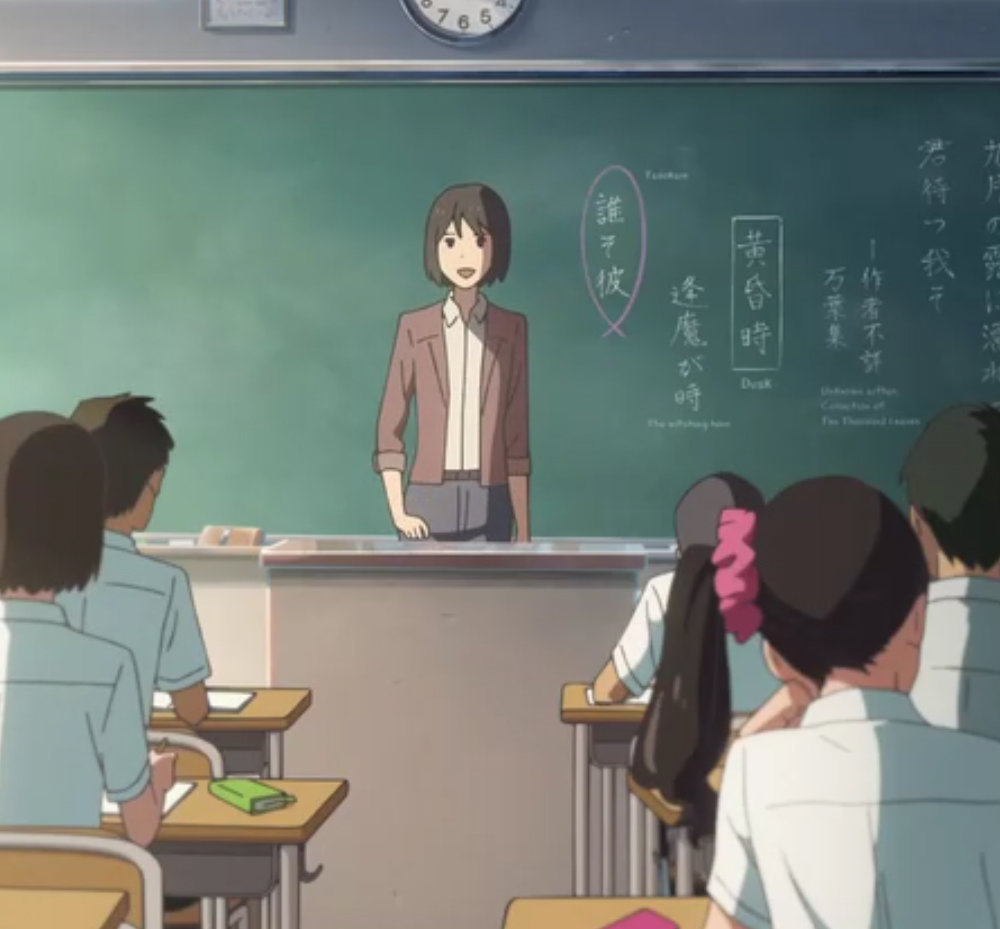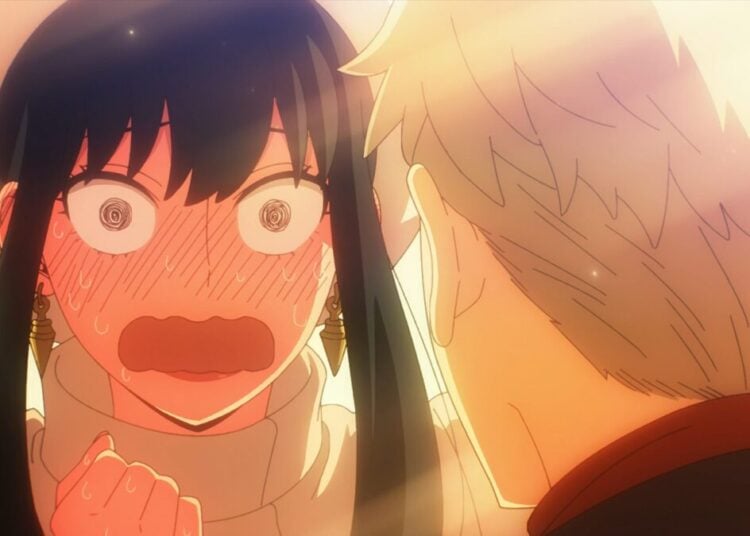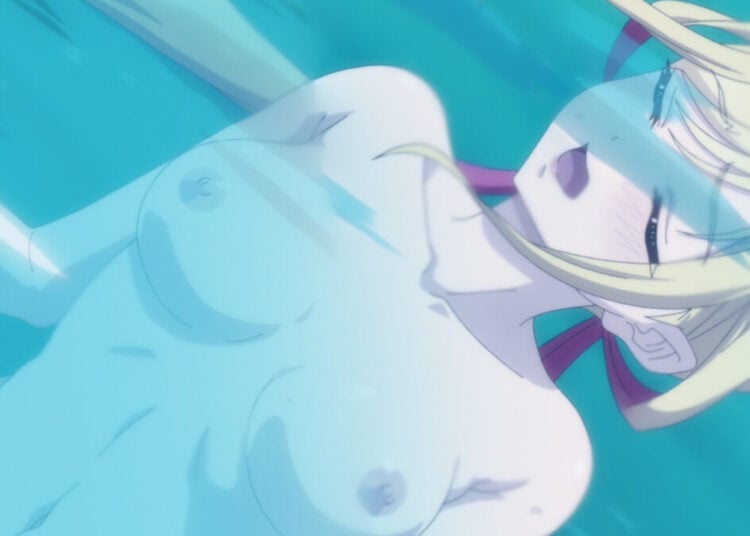The best part of learning a language like Japanese is exploring some of the parts that are unique to that language and culture. Some aspects of Japanese are totally different from anything we could have in the West. One area of Japanese that’s interesting to study are the country name kanji, which were once used to denote the various country’s kanji names for use in foreign relations and diplomacy. Today, katakana is used for foreign words and country names, so these country name kanji are largely seen only in newspaper headlines, where it’s convenient to talk about 日米関係 nichi-bei kankei (U.S./Japan relations) or 日露戦争 nichi-ro sensou (the Russo-Japan War of 1905), or 日中韓首脳 ni-chu-kan-shunou or a three-way summit between the leaders of Japan, China, and South Korea. Here are some of the major country kanji and what the kanji mean, though of course keep in mind that meanings are totally arbitrary.
- 米 bei (America), meaning rice
- 日 nichi (Japan), meaning sun, since Japan’s name means “origin of the sun” (and it was, as seen from China)
- 英 ei (England), meaning heroic
- 仏 futsu (France), meaning Buddhism
- 独 doku (Germany), meaning individual
- 伊 i (Italy), refers to one of the mythical gods that created Japan
- 豪 gou (Australia), meaning “luxurious”
- 西 su (Spain), means “west”
- 愛 ai (Ireland), best use of the kanji for “love” I’ve ever seen
- 露 ro (Russia), meaning “outdoors.” Its also used in the word 露出 roshutsu or “flashing one’s nude body to others” and one of my favorite words, 露天風呂 roten-buro, or an ourdoor hot springs bath
- 加 ka (Canada), meaning “add”
- 蘭 ran (the Netherlands), part of the kanji used to write Holland. Back during the Sakoku Era, when Japan closed itself off from all foreign influence, the country only maintained trading relations with the Netherlands. As a result, this kanji shows up in a lot of interesting places, like 蘭学 rangaku, literally meaning Dutch studies, but actually representing all western study of medical, scientific, military, and social subjects, and 学蘭 gaku-ran, what a male high school uniform is called today
- 比 fi, the Philippines
- 泰 tai, Thailand
Japanese and Chinese, of course, both use kanji pictographs to express ideas, so there will sometimes be differences in the kanji Japan has assigned to various countries and the ones used by Taiwan and mainland China. For example, the character representing the United States is 米 bei in Japan, meaning “rice,” while China uses 美 bi (meaning “beauty”).
Did I miss your country’s kanji? You can look it on this Wikipedia page.















